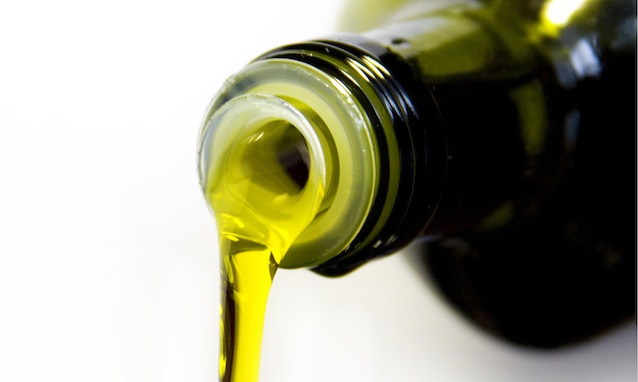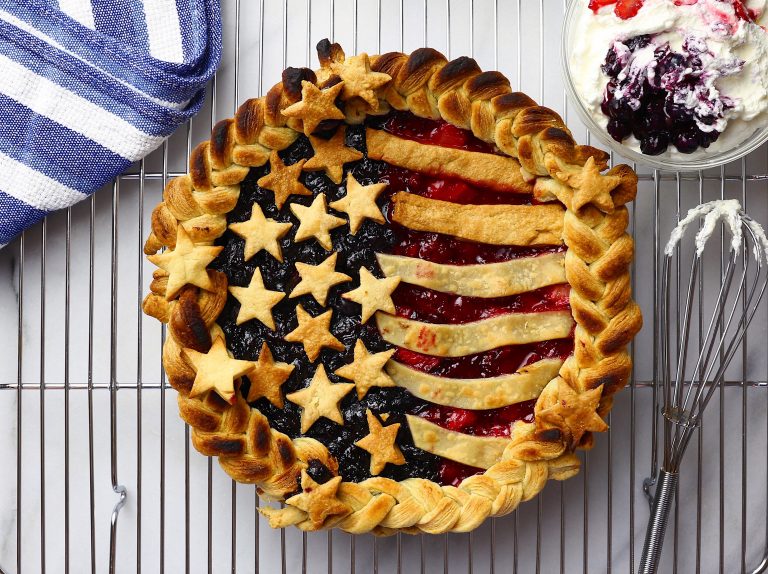Cooking 101: How to Choose a Healthy Oil
March 10, 2014
Spring is almost here and summer is sure to follow along eventually, despite the snow in my backyard today. The warmer weather means I’ll be packing away my sweaters and long pants – to be replaced with shorts, capris and summer dresses. Whenever I’m faced with my summer wardrobe, I start thinking about getting healthy again. I’m sure I have a few extra pounds that need to be lost and that I could be a bit more fit and toned. There is more to being healthy than losing weight though. Being healthy also means being aware of what we eat.
How to Choose a Healthy Oil
When I go to the grocery store, I’m presented with almost endless opportunities and choices. Do I want the cereal in the blue box or the red box? Do I want pears or peaches? Should I choose avocado oil or canola oil? Learning how to choose a healthy oil for your recipes can help you lower your cholesterol, fight inflammation, and increase the amount of antioxidants in your diet. But do you know how to choose a healthy oil? What makes one oil healthy and the other not healthy? Here are a few things to keep in mind.
- Vegetable oil blends – Most vegetable oil blends are a combination of unidentified oils that have probably been extracted using a chemical process.
- Vegetable shortening – Vegetable shortening is a solid and is often made with partially hydrogenated oils. They are high in trans fats which are generally not considered healthy.
- Polyunsaturated oils – Polyunsaturated oils generally include oils like corn and soybean oil. They often contain high levels of omega-6 fatty acids which many people already have too much of.
- Olive oil – Olive oil is one of the healthiest oils you can choose. Extra virgin olive oil is generally not suited for cooking due to the low smoke point. Choose a light olive oil which is a better choice for high heat cooking and baking. Olive oil is always my first choice.
- Safflower oil – Because safflower oil has a high smoke point, it is suitable for baking and cooking with. It is also high in monounsaturates which are considered healthier.
- Coconut oil – Abundant in lauric acid, a type of saturated fatty acid that mainly increases HDL, the healthy type of cholesterol that you want to be high. Being mainly a saturated fat, coconut oil is able to withstand higher temperatures than other oils, making it one of the best oils for cooking.
- Canola oil – Canola oil comes from rapeseed which is generally sprayed with toxic chemicals. I avoid this oil.
- Grapeseed oil – High in both monounsaturated and polyunsaturated oils, grapeseed oil is another choice for cooking in moderation.
- Peanut oil – Peanut oil is generally about 30 percent polyunsaturated fats and 20 percent saturated. This type of oil also tends to be chemically extracted.
- Avocado oil – With a high smoke point, avocado oil is a great choice for cooking. It is also high in healthy monounsaturated fats.
Traditionally extracted vegetable, corn, peanut, or soybean oils have generally been extracted using the petrochemical hexane which is found in some cleaning products. If you see these words on your ingredients’ list, put the oil back on the shelf. Instead, look for the words cold-pressed, expeller-pressed, or naturally pressed when shopping for healthy oils.
What type of oils do you use?






